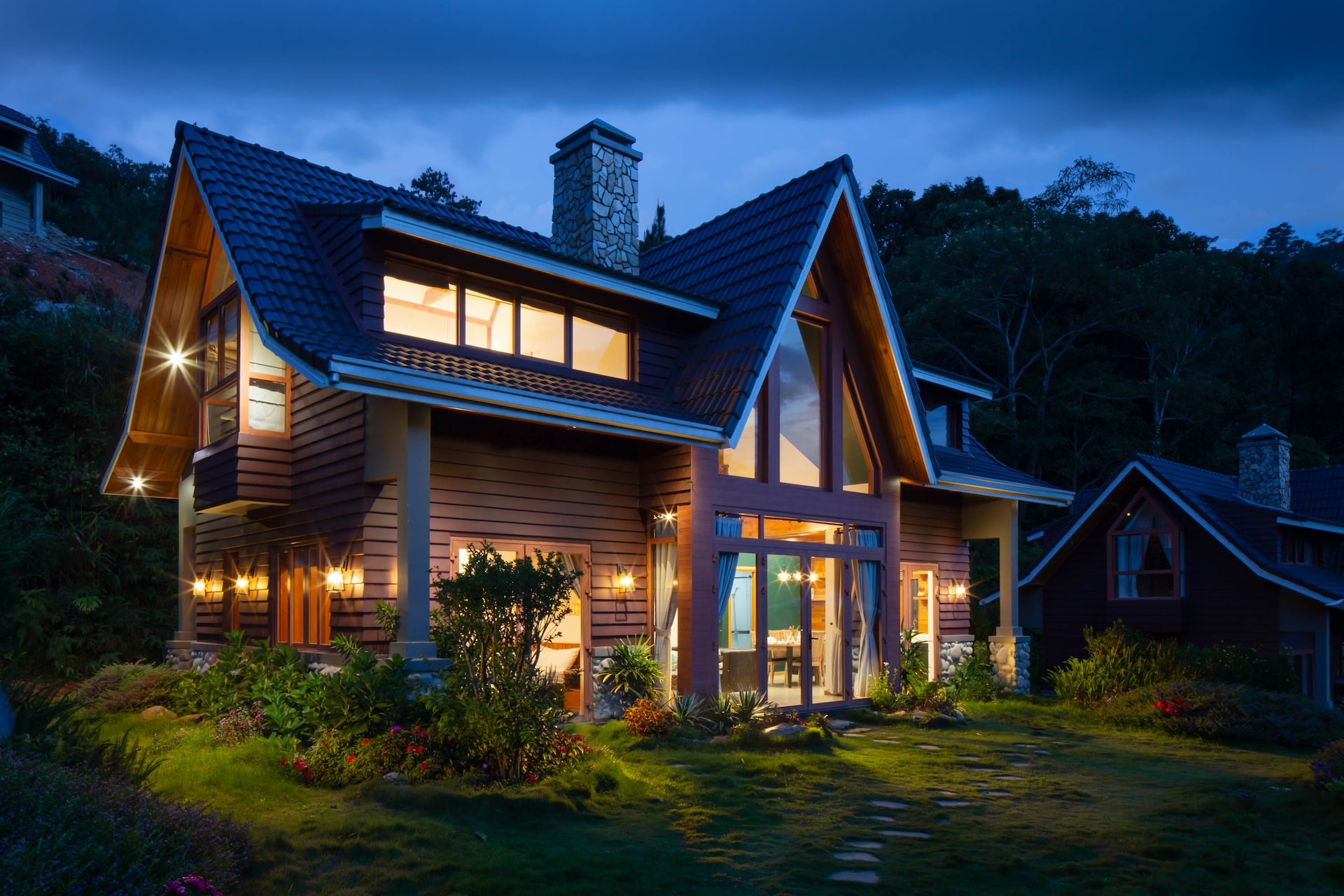When you think of homes, you don’t usually think of the siding or wall covering it incorporates, even though it’s the first thing people notice about your home’s exterior. The siding is a major factor in your home’s outer aesthetic, and it’s also a line of defense against environmental elements such as snow, rain, and wind while protecting the house’s inner temperature. Now that you know what sidings are, you need to delve a little deeper to know the differences between the many different options for your home’s siding that you can choose from.
Here are several factors and their various pros and cons.
Vinyl
Vinyl is a plastic exterior perfect for all types of homes. It is a very affordable option which is why it is one of the most popular choices. It comes in many different designs and colors while remaining fairly low maintenance. Cleaning it out with a high-pressure power hose can remove grime and dirt easily to make your house shine. Vinyl is also reasonably durable and aesthetically pleasing. It is highly recommended by these experts in Canada, as it is very resistant to denting and color fading. It also enhances the insulation of your exterior walls that can, in turn, provide you with energy efficiency and lower utility bills.
The major con for using vinyl siding for your home is that it is not the most durable of the options. It can withstand some turbulent weather; however, it will wear down before they do. Additionally, Vinyl should be installed professionally to make sure it is properly fitted for it to be efficient; otherwise, you can be exposed to leaks and decay. Reach out to an estimating consultant so you can be as certain as possible about the quality of the vinyl in your home.
Stone and stone veneer
Stone siding is one of the more aesthetically pleasing options. The natural stone such as granite and limestone add texture and character to the exterior of the home, which is beautiful but can be quite expensive. If you can afford it, stone and granite make for the most durable siding that can stand for 70 years and more. An alternative to pure natural stone is the lightweight Stone veneer, which is a lot more affordable. Made out of natural and synthetic materials, it looks very authentic and is as durable as the real stone can last the lifetime of the house. On the downside, moisture can seep into the stone veneer and cause it to crack. This would not happen with the natural stone options, as they are already able to withstand the elements.
Wood sidings
This is one of the most common options used for cottages and bungalows. The wood is very rich and creates a timeless appearance and can be durable if maintained properly. The two most common natural wood sidings are made of cedar and redwood siding options. A very good benefit of using wood is that it is very decay-resistant and can handle the extreme and harsh weather.
Another pro for wood siding is that it’s quick and easy to install and replacement of any cracked wood is affordable. But much like all wood, it has its drawbacks. The wood can attract termites and wood-eating ants, which can destroy your siding, and water damage is a big hassle to handle. Regular maintenance of the siding and staining is a must to ensure that it doesn’t crumble or get infested.
Fiber cement
This option is a one for all that offers the look of brick, stone, wood or stucco at a much more affordable cost. This material is increasingly becoming a popular choice for many owners. It combines a lot of elements that make it very attractive. It is low-maintenance and is resistant to termites and infestations and is completely non-flammable, making it a very safe option. The fiber cement is made to last for up to 50 years or more without needing replacement. The main con with the siding of this material is that it has a higher possibility of moisture-related problems that will make it deteriorate and need replacement. The other downside is that it will need to be painted every 10 years or so depending on your regions’ climate and how fast the paint fades.
House sidings are more than a pretty and aesthetic design on the exterior of your house. It is functionally important to protect your house from the environmental effects and provide insulation to your home, keeping warm air in and ensuring cold stays out. Picking the right choice of material for you will be based on your budget, your location’s climate, and your personal design preference, keeping in mind that all options have their pros and cons, so pick the ones you can live with.

